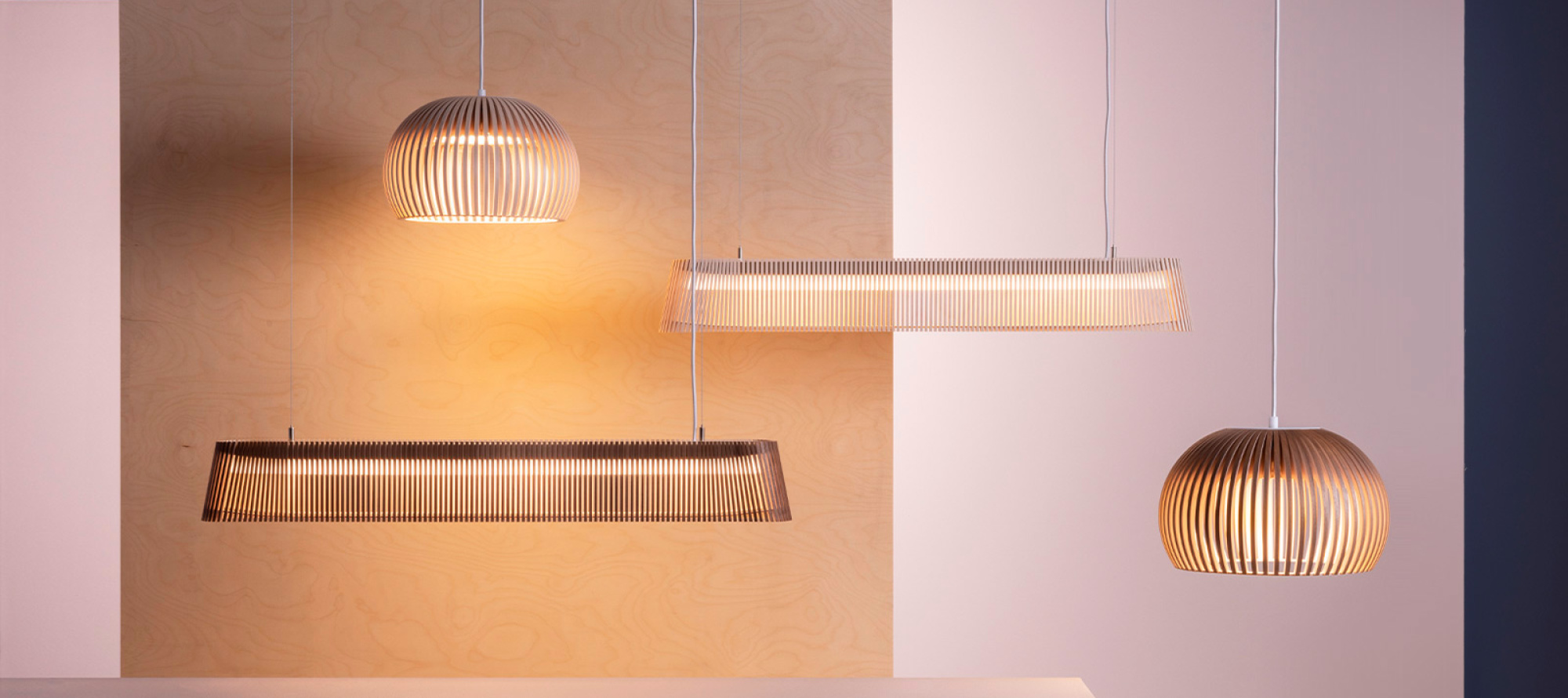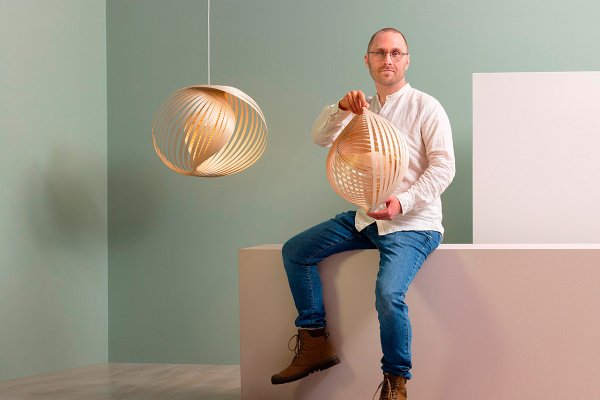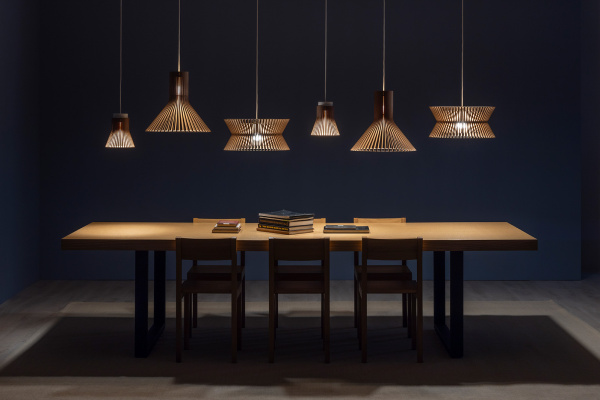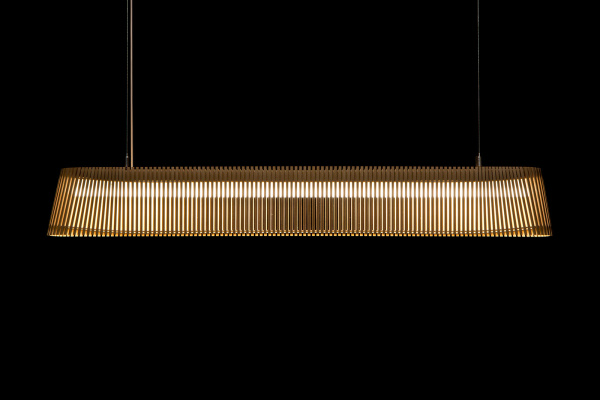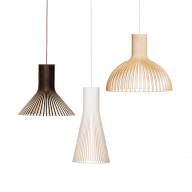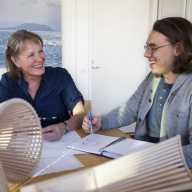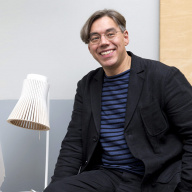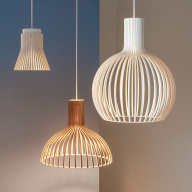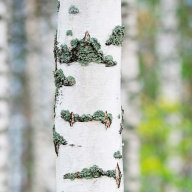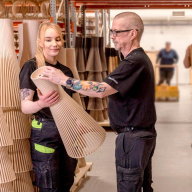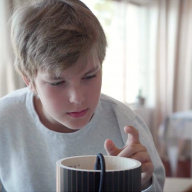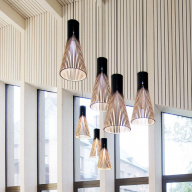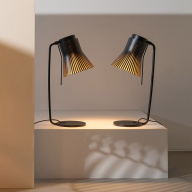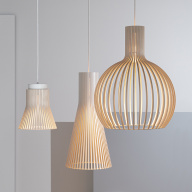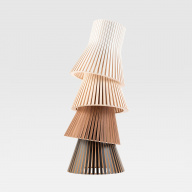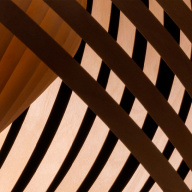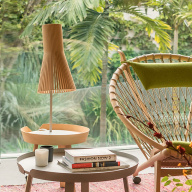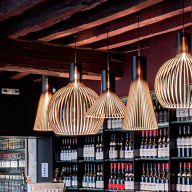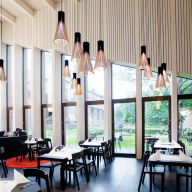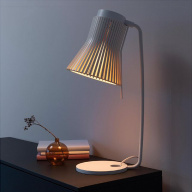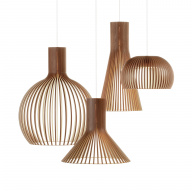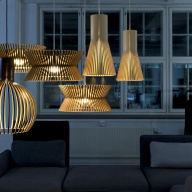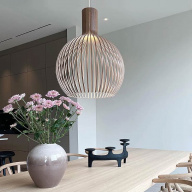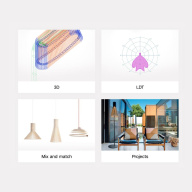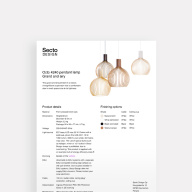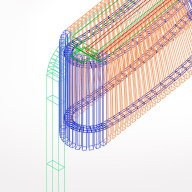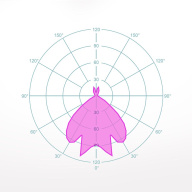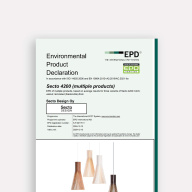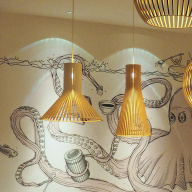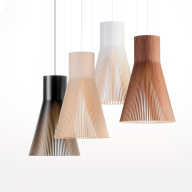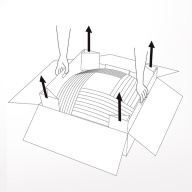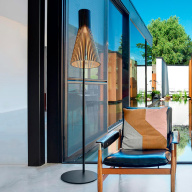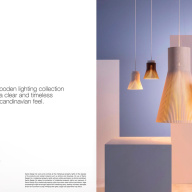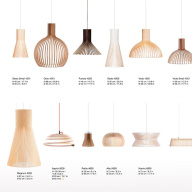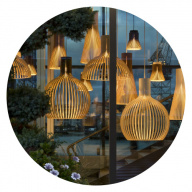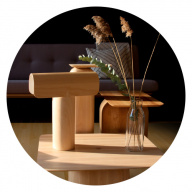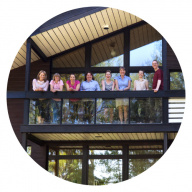The longevity of Secto Design lamps is circular economy at its best
What is the purest and most effective form of sustainable circular economy? Having a product that can be taken apart after a couple of years and reused as material for new products? Or a product whose design and quality stand the test of time and last from one customer to another, over generations?
We at Secto Design believe in the latter. We believe that the longevity of Secto Design lamps is circular economy at its best. And when we speak of longevity, we are not referring only to the physical durability and quality of our lamps, but also the timelessness of their design.
“It is important to our customers that Secto Design lamps stand the test of time and retain their value. They are an investment, not a passing fad. If a hotel wishes to redo its entire décor, say, ten years from now, the customer knows that they can easily resell our lamps,” says CEO of Secto Design Emma Frenzel.

CEO of Secto Design Emma Frenzel has noticed that many customers buy Secto Design lamps because they want to invest in an object that will retain its value.
A good example of this appreciation is that Secto Design lamps are featured on the designheroes.com, a website showcasing a curated collection of design objects with multi-generational value. According to the Design Heroes website, multi-generational use is the most effective form of sustainability.
But what is the secret to the longevity of Secto Design lamps? What makes them valuable design objects that retain their value for generations? According to Emma, it all comes down to three key components: design, manufacture and material.
All Secto Design lamps are designed by architect Seppo Koho who emphasises timeless aesthetics in his design. The play of light and shadows together with the warmth of the birch wood give Seppo Koho’s minimalistic designs a poetic twist.
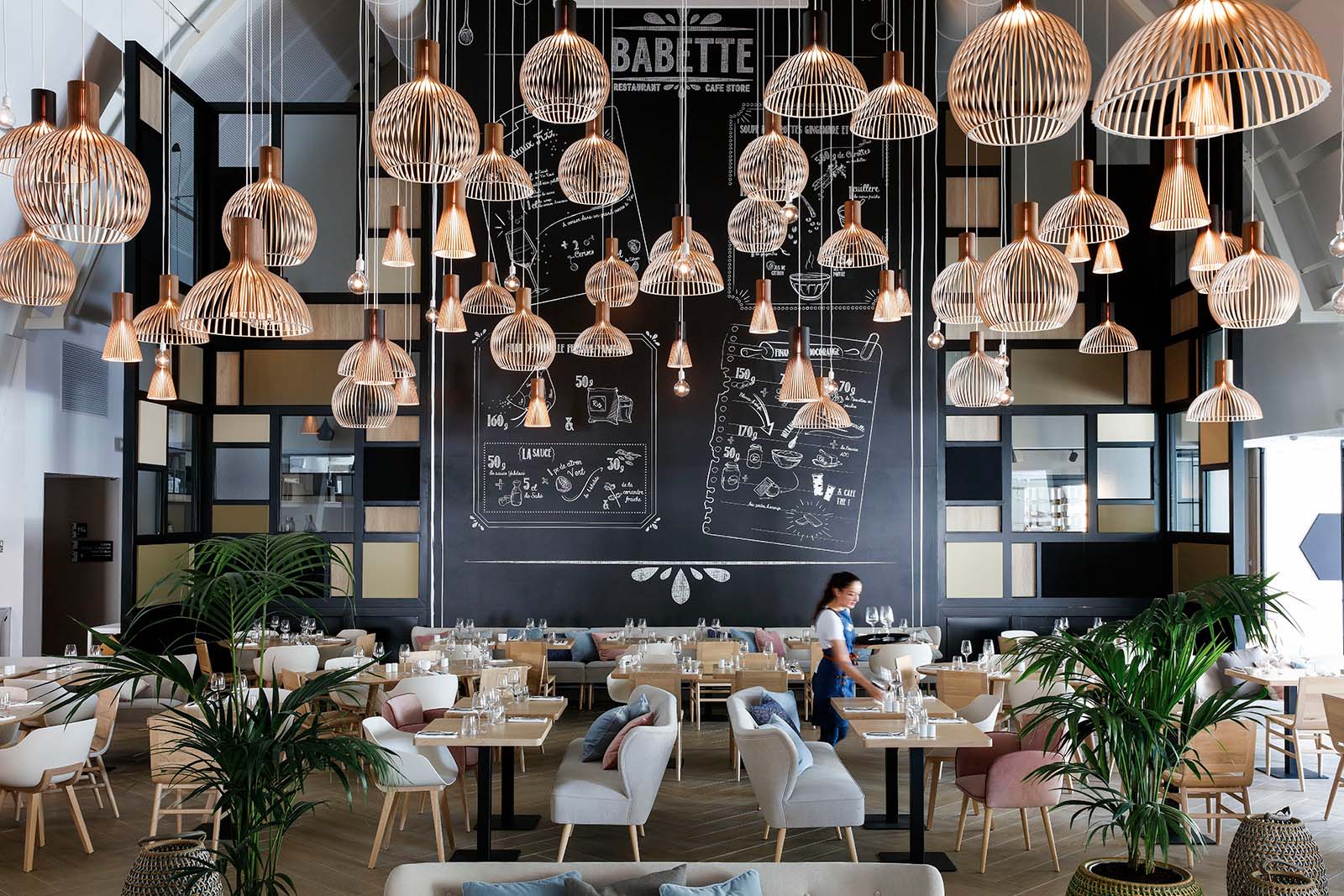
Many projects require products with long guarantee periods. “That is not a problem for us, because when used correctly, our lamps will last a long time,” says Emma Frenzel. Image from Restaurant Babette at Hilton Garden Inn Bordeaux Centre, France.
Secto Design lamps can be used to create timeless interiors. The lamps are not designed to only fit in with what is currently at the surface, and this is precisely the reason why they stand the test of time and please the eye for generations.
Emma Frenzel believes that one of the most important features of a sustainable design object is that you never get bored of the product. Other objects, styles and the living spaces around us may change, but a Secto Design lamp will always find a place for itself.
“I have had a Secto Design Octo lamp in my living room since 2009. We have moved houses three times, but the lamp has always followed along. I see the lamp at home and at work every day and I still love looking at it,” says Emma.
In addition to timeless design, another important reason for the longevity of Secto Design lamps is their manufacturing method. All Secto Design lamps are responsibly manufactured in our own factory in Heinola, Finland. The lamps are handmade by skilled carpenters with meticulous attention to detail. Making the lamps by hand is key to ensuring quality and longevity.
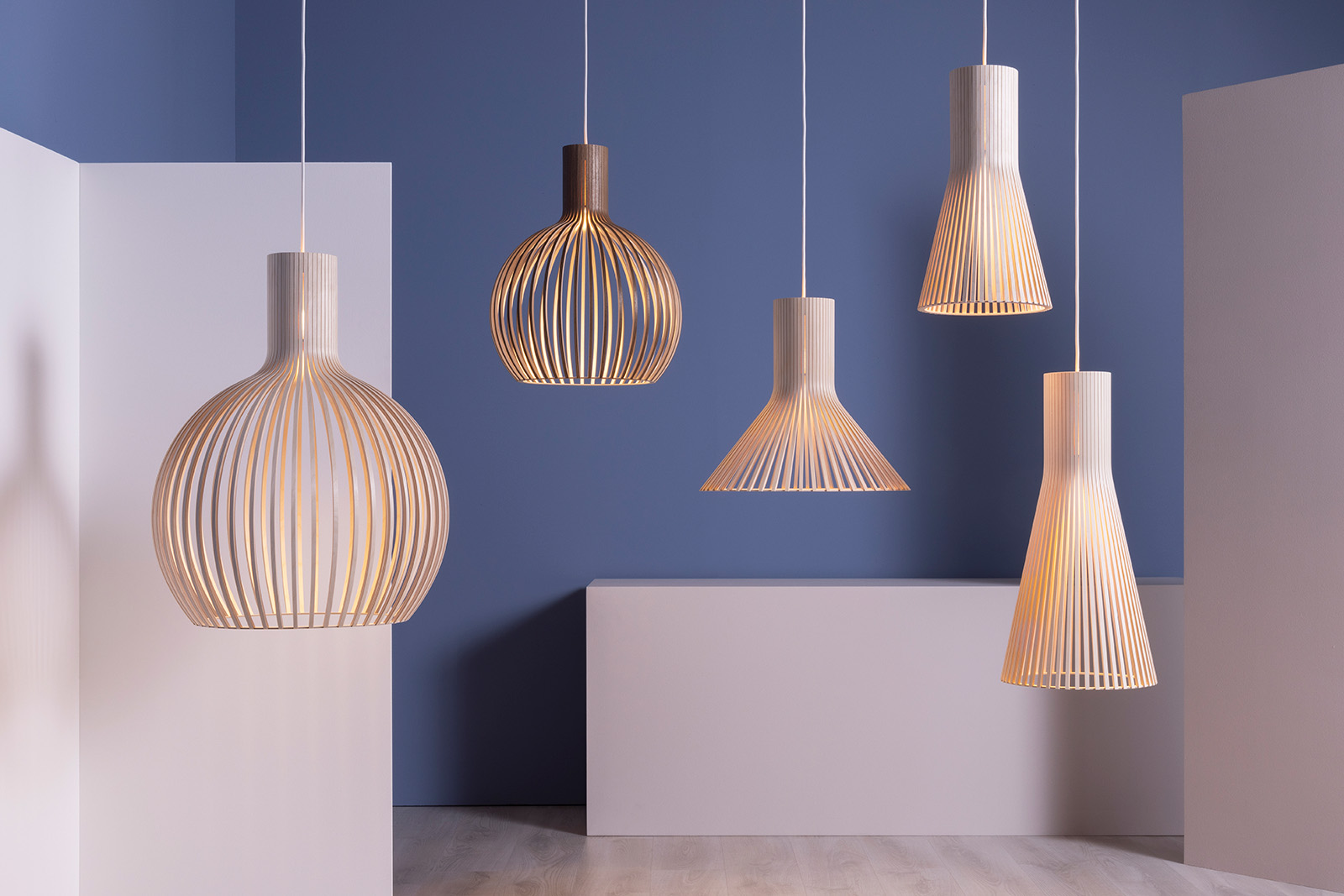
Designheroes.com characterises Secto Design, saying that it “has captured the world's attention with its harmonious blend of craftsmanship, sustainability, and timeless design”.
“By the time a lamp is finished, it has passed through the hands of several people who are familiar with the material. Quality control is entirely in our own hands and those hands are capable and experienced,” says Emma.
The third component underlying the longevity of Secto Design lamps can be found in the Finnish forests. Secto Design lamps are made from premium, certified Finnish birch, a renewable, carbon-binding material. The durability and special characteristics of the wood as the material for the lamps are a major contributor to the longevity of Secto Design lamps.
“Secto Design lamps are designed and manufactured to stand the test of time. Every moment of every day, we take pride in producing objects that contribute to the circular economy and that prove their value now and in the future,” says Emma.

